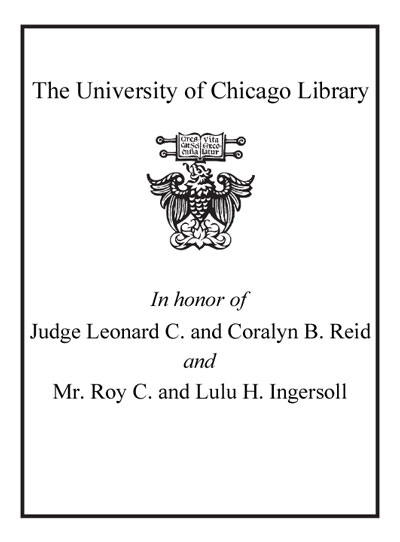Contrarian anthropology : the unwritten rules of academia /
Saved in:
| Author / Creator: | Nader, Laura, author. |
|---|---|
| Imprint: | New York : Berghahn, 2018. |
| Description: | xiii, 489 pages ; 23 cm |
| Language: | English |
| Subject: | |
| Format: | E-Resource Print Book |
| URL for this record: | http://pi.lib.uchicago.edu/1001/cat/bib/11433804 |
Table of Contents:
- Acknowledgements
- Preface
- Introduction
- Chapter 1. Up the anthropologist: perspectives gained from studying up.
- Chapter 2. Barriers to thinking new about energy.
- Chapter 3. The vertical slice: child-rearing and children.
- Chapter 4. A user theory of law: fourth annual Alfred P. Murrah lecture.
- Chapter 5. The subordination of women in comparative perspective.
- Chapter 6. The ADR explosion: implications of rhetoric in the legal reform.
- Chapter 7. Post-interpretive anthropology.
- Chapter 8. Orientalism, occidentalism, and the control of women.
- Chapter 9. From legal process to mind processing.
- Chapter 10. Civilization and its negotiations.
- Chapter 11. Coercive harmony: the political economy of legal models.
- Chapter 12. The three-cornered constellation: magic, science, and religion revisited.
- Chapter 13. The phantom factor: impact of the Cold War on anthropology.
- Chapter 14. Postscript on the phantom factor: more ethnography of anthropology.
- Chapter 15. Controlling processes: tracing the dynamic components of power.
- Chapter 16. Pushing the limits: eclecticism on purpose.
- Chapter 17. In a woman's looking glass: normative blindness and unresolved human rights issues.
- Chapter 18. Crime as a category.
- Chapter 19. Breaking the silence: politics and professional autonomy.
- Chapter 20. Iraq and democracy.
- Chapter 21. Law and the theory of lack: The 2005 Rudolph B. Schlesinger lecture on international and comparative law.
- Chapter 22. Promise or plunder? A past and future look at law and development.
- Chapter 23. What the rest think of the West: legal dimensions.
- Chapter 24. The words we use: justice, human rights and the sense of injustice.
- Chapter 25. Vengeance, barbarism, and Osama Bin Laden: full circle.
- Chapter 26. Three Jihads-Islamic, Christian, and Jewish.
- Chapter 27. The Anthropologist, the state, the empire and the "tribe:" new dimensions from Akbar Ahmed's the thistle and the drone: how America's War on Terror became a global war on tribal Islam. (Brookings Institution Press, 2013).
- Chapter 28. Whose comparative law? A global perspective index.

